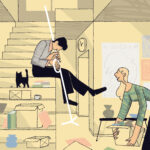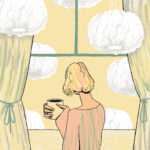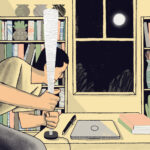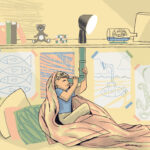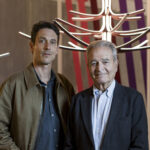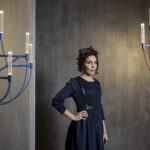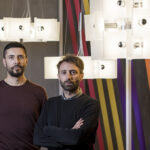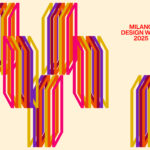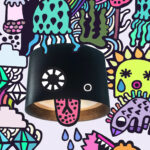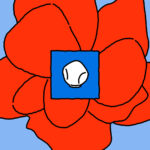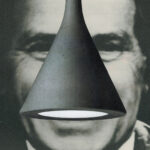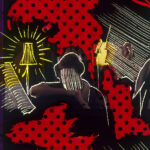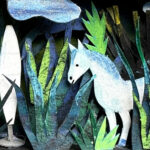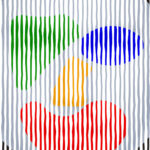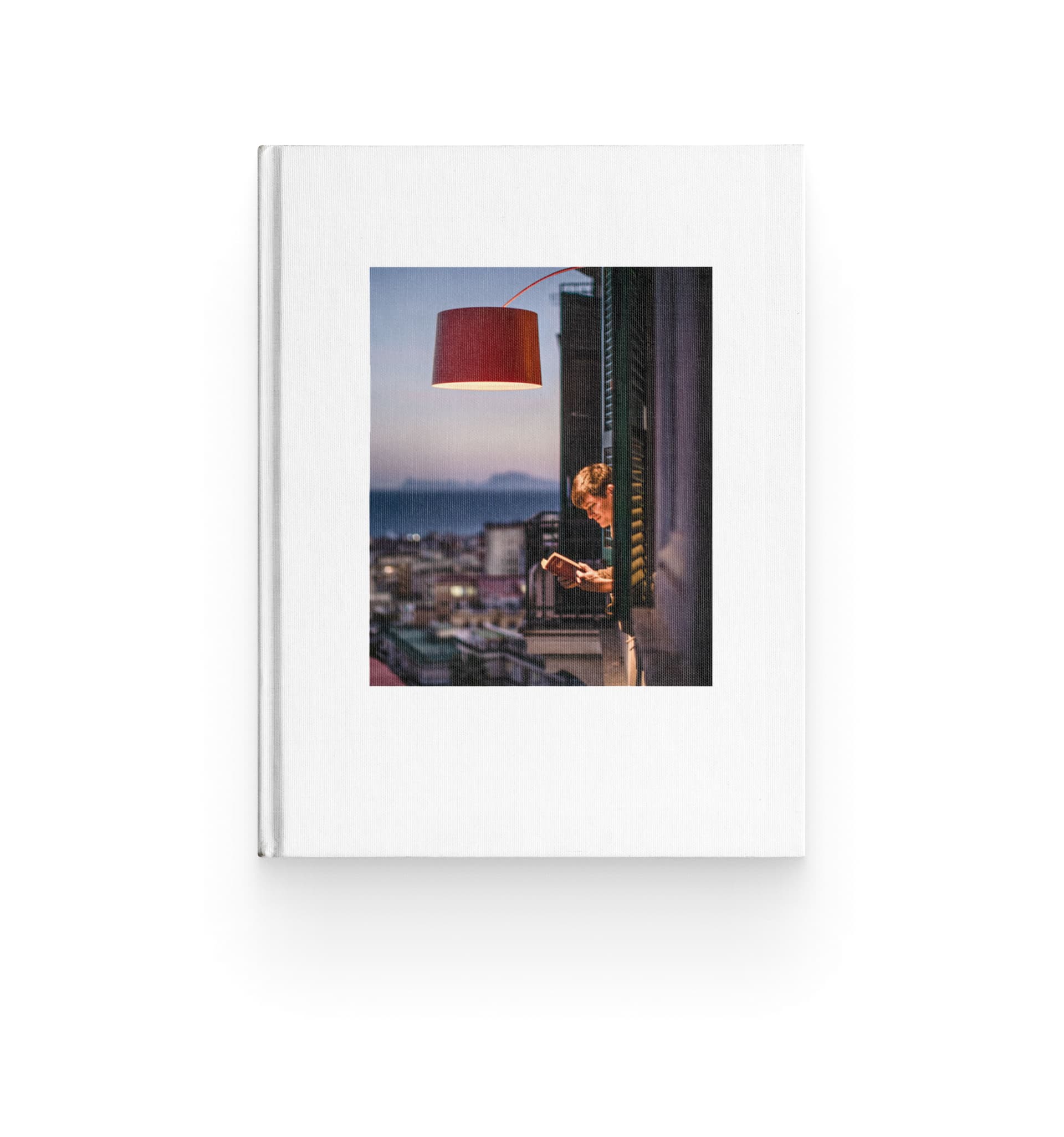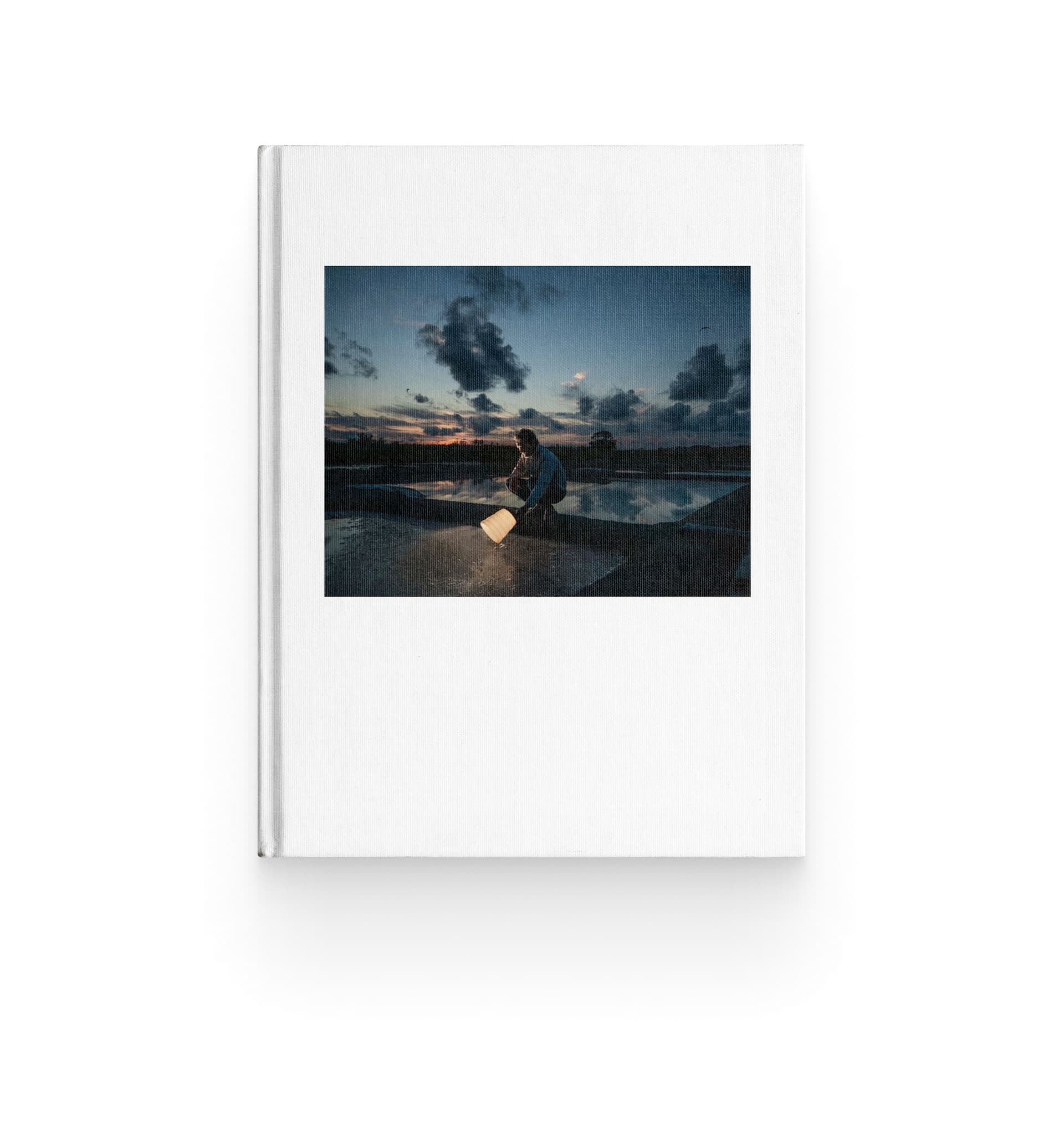Daydreams and everyday magic: Mattia Riami for What’s in a lamp?
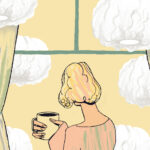
Mattia Riami’s series of illustrations for the project “What’s in a lamp?” transforms Foscarini lamps into magical objects using a touch of surrealism and fantasy to shift perspectives and bring a sense of wonder to everyday life.
From a young age, Mattia Riami exhibited an innate passion for drawing and visual arts, honing his skills at the Venice School of Art and Milan’s IED. His work is distinguished by a “fast, nihilistic, and nervous” style, complemented by a refined use of color that evokes the warm, nostalgic palettes of 1940s and 1950s vintage ads.
For Foscarini’s “What’s in a Lamp?” project—where artists, designers, and creatives are invited to interpret light through Foscarini lamps—Riami explores daily life through six illustrations that depict scenes of ordinary familiarity. Yet, there’s always an unexpected detail that upends the perspective: Foscarini lamps transform into clouds, spaceships, and trumpets, becoming the twist that makes the ordinary extraordinary. This creates an atmosphere of freedom and lightheartedness, encouraging a fresh view of the world.
“I wanted to convey a sense of everyday life and transform, through play, the lamps into objects different from what they are. I was inspired by their shapes and tried to return to childhood! I saw clouds, a spaceship, a trumpet, a baseball bat, and much more; I could have continued this game indefinitely!”
Mattia Riami
/ Artist
Simultaneously familiar and dreamlike, Riami’s illustrations reveal the transformative power of Foscarini lamps in a uniquely original way. Just as in the illustrations, these lamps transcend their basic functionality, turning any space into an environment that reflects the personality of those who choose them, telling stories and expressing desires and emotions.
Discover Riami’s full series for “What’s in a Lamp?” on Instagram @foscarinilamps and delve deeper into his artistic vision in our interview.
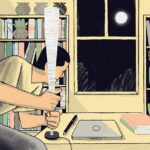

How did your artistic journey begin? Did you always know art would be your path?
“Yes, I was very lucky in this respect; I’ve always drawn since I was a child. I drew without knowing it would become my work, my way of being and expressing myself—I simply drew. I drew Disney characters, copied figures from illustrated books, and made my own prototype books by stapling together a few A4 sheets where I’d set up my story. As I grew older, I became more aware that this could become something serious, so I focused my studies on visual arts, turning those childhood games into my career.”
What motivates you to create, and where does your inspiration come from: curiosity, the search for meaning, or pure visual expression?
“I must say pure visual expression greatly attracts and influences me. In everyday life, I am captivated by many visual stimuli—drawings, illustrations, paintings, posters, and more—and this affects my desire to draw simply to express shapes and colors that emerge within me. However, during the design phase, all these forms take on meaning, and I enjoy building a story behind each project, as I did for ‘What’s in a Lamp?’.”
Your graphic style is distinctive and recognizable. How would you describe your style, and how has it evolved over time?
“I’d describe it with some of the words others have used to describe it for me: ‘a fast, nihilistic, and nervous line.’ I confirm, I always have a very physical relationship with my work, whether on paper or with digital brushes. I energetically use pencils on paper, sometimes even perforating it by accident or fearing I might damage the screen. I like that the journey my hand takes to draw that line is perceptible, and I feel a mysterious force pushing me to draw or color in a specific way. My approach has always been like this, influenced by my professors at IED in Milan, but it has refined over time through study and research.”
In this series, you depict scenes of everyday familiarity, especially domestic ones, where lamps become transformative elements that magically alter the scene’s perception, creating new, unexpected, and surreal interpretations. Can you tell us more about the inspiration behind this work?
“Certainly, that was the most enjoyable part! I wanted to convey a sense of everyday life and transform, through play, the lamps into objects different from what they are, as if the characters in the illustrations were surprised to discover that a lamp resembles another object or has another use. Like when we were children and used an empty kitchen roll tube as a telescope or megaphone. I was inspired by the shapes of the lamps and tried to return to childhood! So, I saw clouds, a spaceship, a trumpet, a baseball bat, and much more; I could have continued this game indefinitely.”
Which illustrations in this series are your favorites, and why?
“My absolute favorite is NUEE because I think it perfectly captured the surreal-reality blend I was aiming for. I also really love MITE for the same reason and LE SOLEIL for its atmosphere of freedom and lightness.”
It’s remarkable how, with just a few strokes, your illustrations tell entire stories, lives, situations, and emotions. Can you explain the narrative aspect of your creative process?
“Instinctively, I always use the human figure in my work; it’s rare for me to create a landscape without people or different subjects. The human being thus becomes the protagonist of my works, and their emotions are the foundation from which I build my stories. Through the protagonists, we can read and infer what is happening, what the story is, and the situations and events that characterize it. I think of the illustration for the TOBIA lamp, where we see a couple who has just moved in and starts unpacking boxes, with the joy and excitement of a new home, using the lamp as a trumpet for the moment’s euphoria. But it could just as easily be new purchases for the house; the atmosphere is the same, and the viewer sees what resonates most with their own experience.”
What interests you most about the reality around you?
“It’s hard to answer; certainly, nature fascinates me, and I’d like to know and explore it more—the shapes of plants, leaves, flowers, clouds—they’re true natural architectures or design works. I’m also always intrigued and attracted by visual communication in general: my eye always catches posters, book covers, and anything visual. I take many photos with my phone as reminders to study later what caught my attention.”
How would you describe your relationship with color in your work as an illustrator? What guided your color choices for your ‘What’s in a Lamp?’ series?
“My relationship with color has been renewed in recent years. Some time ago, after my studies, I primarily drew in black and white, adding only occasional touches of color. Certainly, the influence of the many colorful illustrations I saw around me sparked the desire to color my own. I think I was also influenced by the splendid work of Jean-Charles de Castelbajac, a master who was my art director for over two years. I’m fascinated by vintage illustrated ads from the 1940s and 1950s; I’ve always loved that era’s style, and I’ve always watched black-and-white films from that period. I love the hands holding white cigarettes, the clothing, hats, and fashion of those times. This has influenced how I draw characters, both male and female, in a contemporary and modern way but with a touch of that past. The color palette I used for ‘What’s in a Lamp?’ reflects those old advertisements; I studied shades that also conveyed a certain warmth.”
Besides the sources of inspiration you’ve mentioned, are there any masters who have particularly influenced your artistic vision?
“When talking about great masters, I think of Egon Schiele, Picasso, and Jean-Michel Basquiat, especially, as well as Keith Haring, who is one of my absolute idols for his personality more than his style. Contemporary artists like Marlene Dumas have also influenced me. Comics, especially graphic novels, and illustrators like Adelchi Galloni, who was my teacher at IED Milan, have also had a significant impact on me.”
Do you have a ritual or particular habits when working on your illustrations?
“My method involves initial research and reflection on what the project aims to achieve. This leads to the very first ideas, which I quickly jot down or sketch in diaries I keep, really just incomprehensible scribbles to get the idea down. Then, I move on to more elaborate drafts and finally to the final piece. The story is built in the first two phases.”
What does creativity mean to you?
“I think creativity is the ability to see the world differently, to imagine possibilities beyond the ordinary, and to transform abstract ideas into tangible reality. It’s a dynamic process involving intuition, inspiration, and personal expression, but it’s also sometimes discipline and constant effort to improve; it’s not always easy!”
Explore the full collaboration with Mattia Riami and discover the complete series on Instagram @foscarinilamps, where international artists are invited to interpret the theme of light through Foscarini’s lamps as part of the What’s in a Lamp? project.
